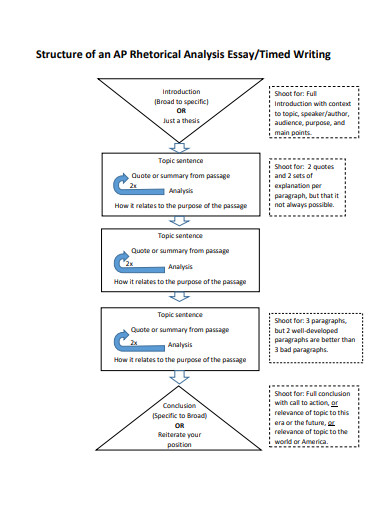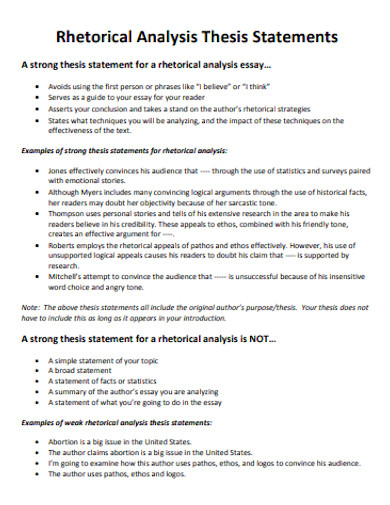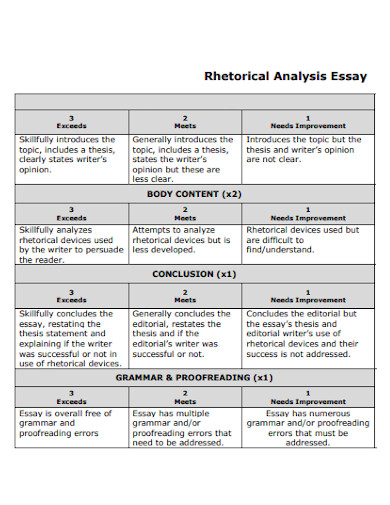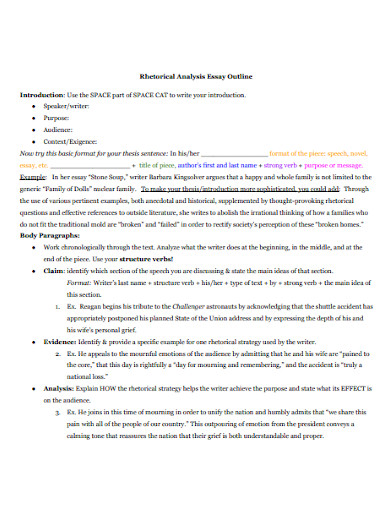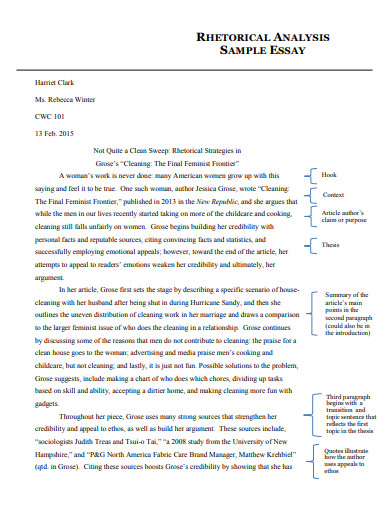23+ Rhetorical Essay Examples to Download
In the realm of persuasive writing, rhetorical essays stand as powerful demonstrations of linguistic artistry. By employing a variety of literary devices, carefully selected words, and strategic communication techniques, these essays are designed to sway the minds and emotions of readers. Delving into the heart of rhetoric, this article will delve into the essence of rhetorical essays, guiding you through their creation while offering illuminating examples and practical tips. Whether you’re a seasoned writer or new to the craft, understanding the dynamics of a rhetorical essay can enhance your ability to communicate effectively and convincingly.
1. Rhetorical Analysis Essay Template
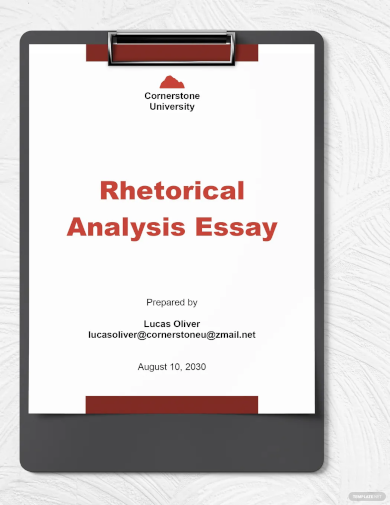
2. Rhetorical Essay Outline

staressays.com
3. Structure of Rhetorical Analysis Essay
4. Rhetorical Analysis Thesis Statement Essay
5. Editable Rhetorical Essay
6. Rhetorical Analysis Essay Outline
7. Sample Rhetorical Essay
8. Rhetorical Essay Template
9. Rhetorical Essay Ethos
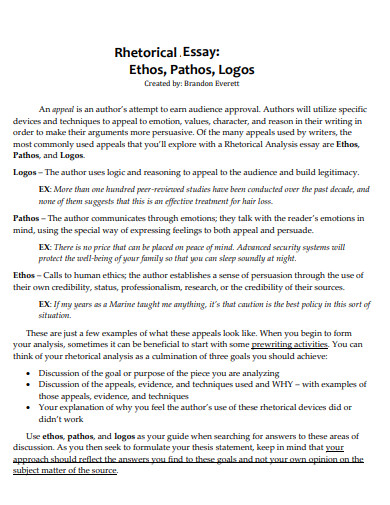
csueastbay.edu
10. Rhetorical Essay Layout

sjsu.edu
11. Rhetorical Essay Paper
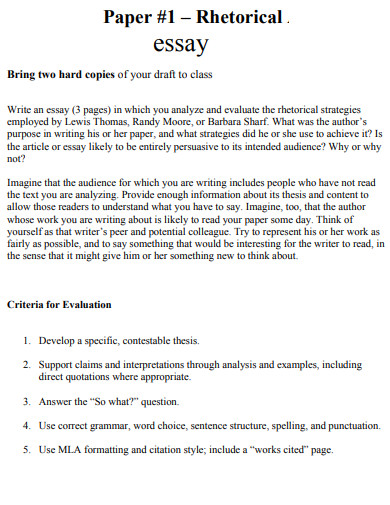
crlt.umich.edu
12. Organizing and Outlining Rhetorical Essay
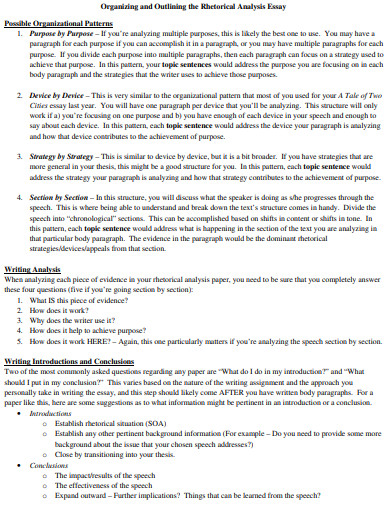
humbleisd.net
13. Rhetorical Essay Rubric
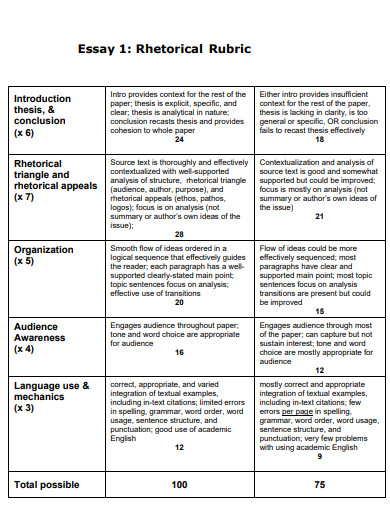
wolfe.k12.ky.us
14. Rhetorical Grading Essay
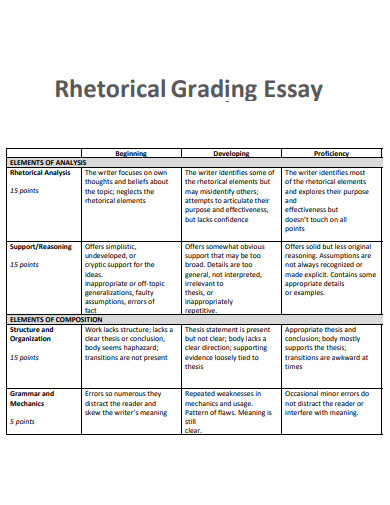
saintpaul.edu
15. Rhetorical Essay Informative Writing
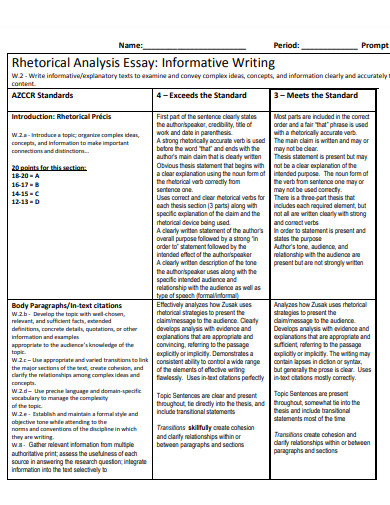
cusd80.com
16. Simple Rhetorical Essay

bpb-us-e1.wpmucdn.com
17. Critical Rhetorical Essay
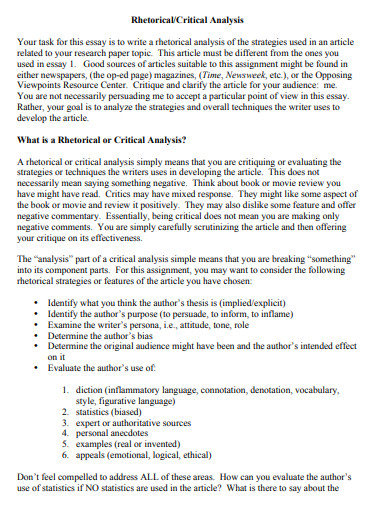
learning.hccs.edu
18. Research Rhetorical Essay
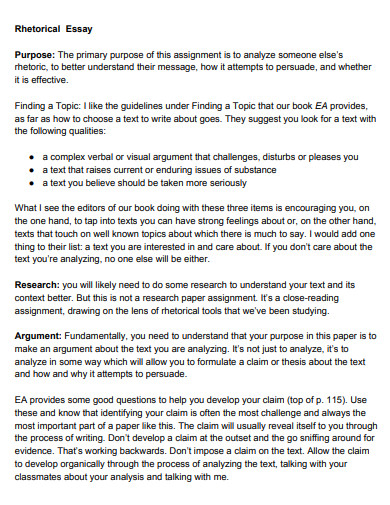
center.uoregon.edu
19. Rhetorical Essay Reference
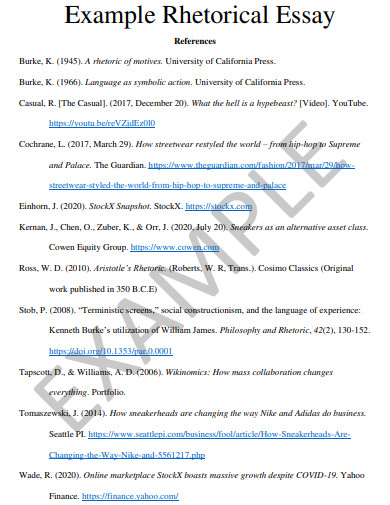
cheggwriting.wpengine.com
20. Rhetorical Essay Worksheet
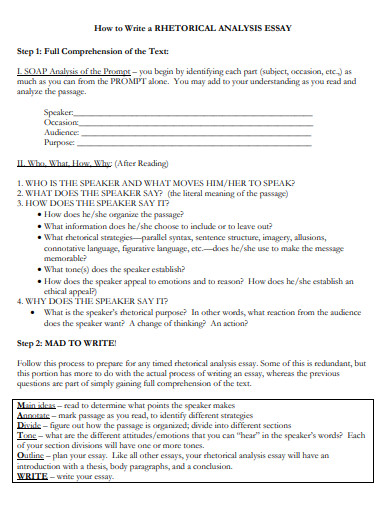
marymount.edu
21. Rhetorical Essay on Gender Equality
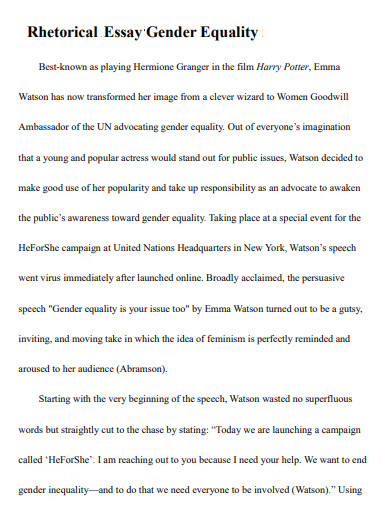
pbworks.com
22. Formal Rhetorical Essay
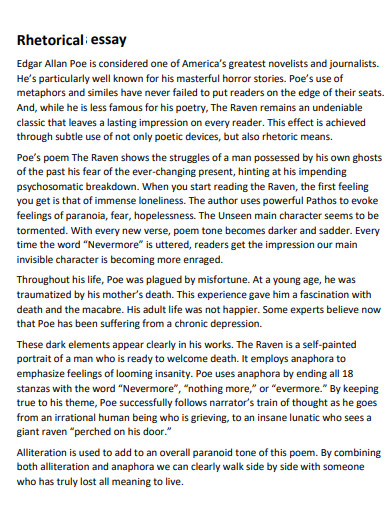
collegeessay.org
23. Rhetorical Essay Format

bishopallenenglish.files.wordpress.com
24. Professional Rhetorical Essay
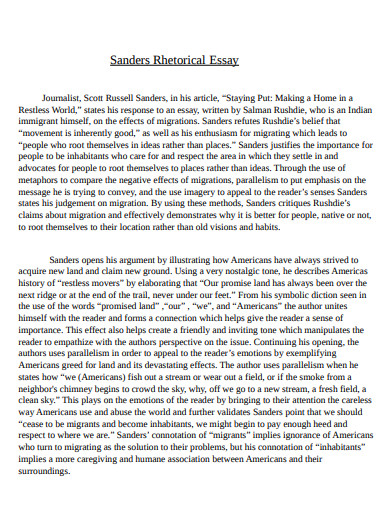
media.gradebuddy.com
What is a Rhetorical Essay?
A rhetorical essay is a unique form of discourse that employs persuasive techniques to communicate a particular message or viewpoint. This literary device operates by leveraging linguistic elements to convince an audience of the validity of a certain argument or perspective. Unlike traditional essays that primarily focus on information and analysis, rhetorical essays emphasize the art of persuasion. By dissecting the behaviors of words, examining their impact within a specific context, and avoiding clichés, a rhetorical essay creates an objective and compelling narrative that leaves a lasting impression.
How to write a Rhetorical Essay
Creating a compelling rhetorical essay requires a meticulous approach that blends creativity with strategic communication. To navigate this intricate process, let’s break it down into several key steps that will help you weave together a convincing and impactful piece.
Step 1: Choosing a Subject and Objectives
Begin by selecting a topic that resonates with your audience and aligns with your objectives. Consider the behaviors you intend to evoke and the elements you wish to emphasize. Craft an overarching objective that defines the purpose of your essay, whether it’s to inform, persuade, or provoke thought.
Step 2: Mastering Language and Syntax
Leverage the power of verbs, adjectives, and proper nouns to create a vivid and captivating narrative. Use observation to your advantage, painting a detailed picture that engages your readers’ senses. Employ simple sentences to convey your ideas clearly and concisely, ensuring that your message remains accessible.
Step 3: Employing Rhetorical Devices
Rhetorical essays thrive on the skillful use of literary devices. Incorporate metaphors, similes, and analogies to add depth and resonance to your arguments. Harness the strength of repetition and parallelism to reinforce key points and create a rhythmic flow that captivates your audience.
Step 4: Structuring for Impact
Organize your essay with a clear structure that guides your readers through a logical progression of ideas. Begin with a strong introduction that sets the tone and context, followed by well-organized body paragraphs that present evidence, analysis, and persuasive elements. Conclude with a compelling ending that reinforces your main points and leaves a lasting impression.
FAQs
What is the most important element of a successful rhetorical essay?
The choice and skillful implementation of rhetorical devices, such as metaphors and analogies, can significantly enhance the impact of your essay.
Can I use humor in a rhetorical essay?
Yes, humor can be a powerful tool in persuasion, but ensure it aligns with your objective and doesn’t undermine the seriousness of your message.
How do I avoid sounding manipulative in my rhetorical essay?
Focus on transparency and authenticity. Present your arguments with integrity and provide solid evidence to support your claims, avoiding any overt manipulation.
In the realm of persuasive writing, rhetorical essays serve as a testament to the power of words. By delving into the behaviors of language, harnessing the art of rhetoric, and crafting a narrative that engages and convinces, you can create essays that leave a lasting impact. So, whether you’re aiming to provoke thought, inspire action, or challenge perceptions, remember that a well-crafted rhetorical essay can be your most potent tool in the realm of written persuasion.



